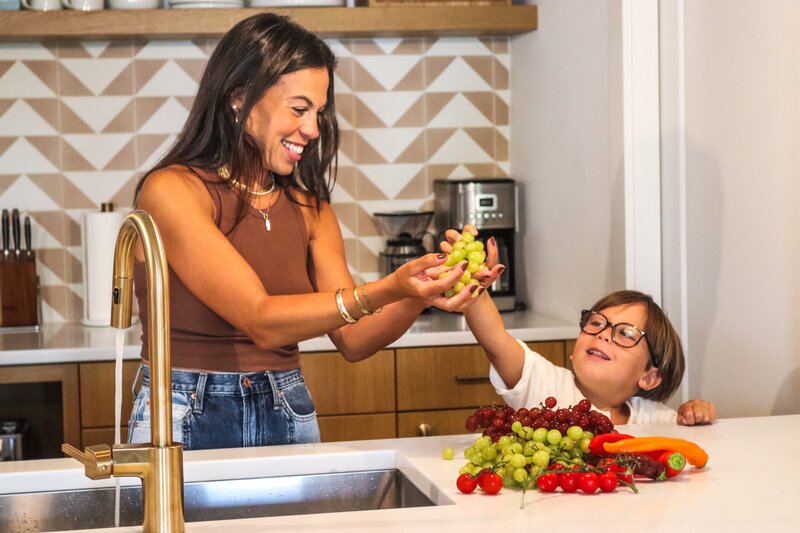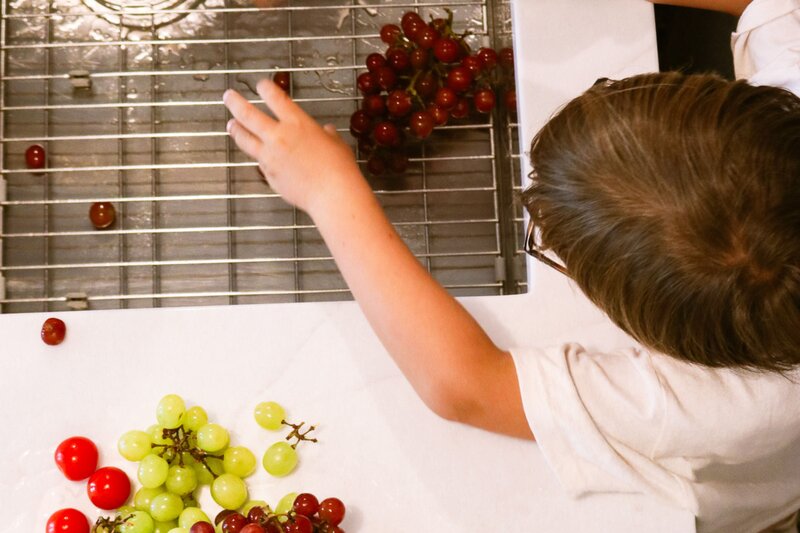Posted By: Truly Free Home
|
Posted On: 8/18/2025
You know the drill: you’re at self-checkout, punching in the little PLU code on your apple before tossing it in your reusable bag. Routine, right? But have you ever stopped to think about what the PLU codes really mean?
Turns out those random four or five digits aren’t so random after all.
PLU stands for price lookup code, and it helps cashiers and checkout machines easily identify what the produce item is and its growing method. How produce is grown influences how much it costs, which is why organic fruits and vegetables often cost more than their conventional counterparts.

For anyone who prioritizes organic or non-GMO options, PLU codes are a quick, simple way to double-check that what you’re buying actually meets your standards. Here’s a rundown of what the numbers in PLU codes for produce mean.
So next time you’re standing in the produce aisle, remember that those little stickers on your fruit and veggies give you way more than a price—they’re a cheat sheet for how your food was grown.

PLU codes can help you tell whether your food is conventional, organic, or GMO, but they don’t tell the whole story.
Even organic fruits and vegetables can pick up dirt, bacteria, and farmyard gunk on their journey from the field to your fridge. And most people don’t realize that lots of organic produce is coated in natural waxes (like carnauba or beeswax) to help them last longer. As safe as those waxes may be, they can still trap contaminants on the surface.
That’s why rinsing organic produce under water alone isn’t enough.
With Truly Free Home Fruit & Veggie Wash, you can wash away bacteria, dirt, pesticides, and wax without harsh chemicals. Our fruit and vegetable wash works better than water or vinegar, helps your produce last longer, and ensures the fruits and veggies you’re eating are safe for your whole family.
Fruit & Veggie Wash As a Spray:
Fruit & Veggie Wash As a Soak:
At the end of the day, knowing how your produce was grown is important, but making sure it’s truly clean before you eat it is non-negotiable.